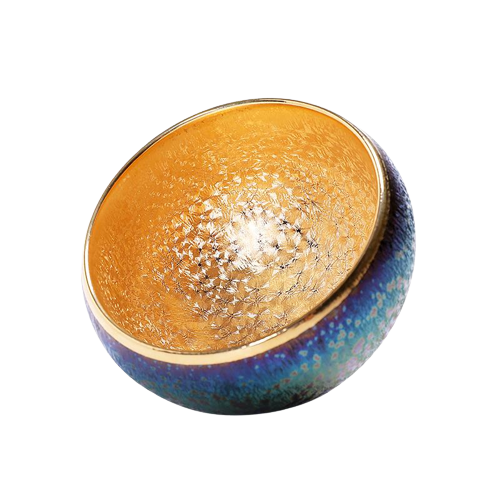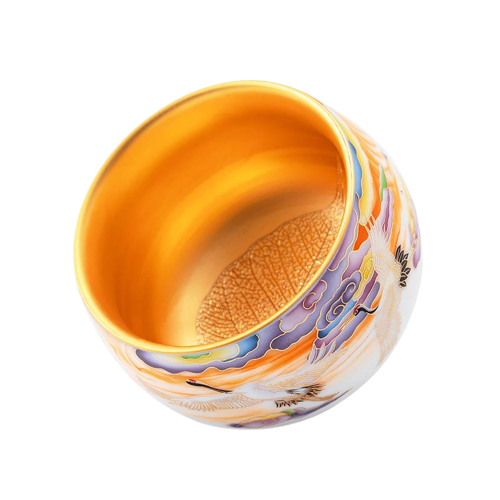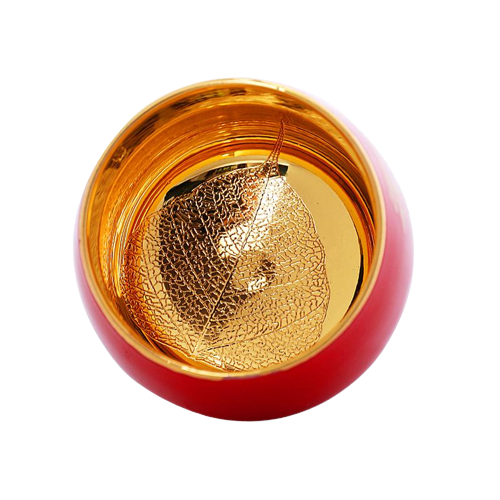Choosing a teapot is a very personal decision. The right teapot makes your tea-drinking more enjoyable. It also adds convenience to your routine. A poor choice might just sit in your cupboard. So, how to choose the right teapot? You should consider several key factors. Thinking about these points helps you find the best teapot for you. A well-chosen teapot becomes a cherished part of your daily life.
Material Matters When Choosing the Right Teapot
The material of your teapot is very important. It affects how much heat it holds. It also impacts the flavor of your tea. Many people prefer ceramic or glass. Both of these materials retain heat well. They are also neutral. They will not change the tea’s flavor. This is great for delicate teas. Metal teapots are also common.
Ceramic and Glass Teapots
Ceramic and glass teapots are excellent choices. They are perfect for daily use. Both materials retain heat very well. They will keep your tea hot for a long time. However, they are also fragile. You must be careful with them. They can break or chip easily. Glass is especially good for visual appeal. You can see the tea brew.
Metal Teapots
Metal teapots are usually very durable. They can last for many years. They also hold heat well. However, some types of metal can rust. They may also give tea a metallic taste. Stainless steel is a better choice. It does not rust. It also does not change the flavor of your tea. You should choose a metal that is food-safe.
Finding the Best Size for Your Needs
The size of your teapot matters a lot. It determines how many cups it can make. A standard teapot holds about six cups. Larger pots can hold ten or more. You should choose a size based on your needs. If you make tea for yourself, a small teapot is perfect. If you often serve guests, a larger pot is better.
What to Look for in a Teapot's Design
The design of a teapot is key. It affects how easy it is to use. A good spout pours tea cleanly. It should not drip. The handle should be comfortable to hold. It should not get too hot. A well-designed lid fits securely. It will not fall off when you pour. These small details make a big difference.
Choosing the Right Teapot Based on Price
Teapots come in a wide range of prices. Price depends on the material. It also depends on the design. A simple ceramic teapot is affordable. A handcrafted clay pot can be very expensive. An expensive teapot might be a piece of art. A simple, low-cost pot can still work very well. You should set a budget first.
Essential Features to Consider
You should consider certain features. These features will make your teapot more functional.
-
Built-in Strainer: It catches loose leaves. This keeps them out of your cup.
-
Drip-free Spout: It prevents spills. It keeps your table clean.
-
Secure Lid: It ensures heat is not lost. It also prevents accidents.
You should consider these features when choosing your teapot. A teapot with a built-in strainer is essential for loose leaf tea. It makes brewing much easier. A good spout is also very important. It ensures a clean pour every time. These details make your tea ritual more pleasant.
| Material | Pros | Cons |
|---|---|---|
| Ceramic | Great heat retention, neutral flavor | Fragile, can be heavy |
| Glass | Visual appeal, neutral flavor | Breaks easily, loses heat faster |
| Cast Iron | Excellent heat retention, very durable | Very heavy, rusts if not cared for |
| Stainless Steel | Durable, does not rust | Can be hot to the touch |
This table shows how to choose the right teapot based on material. It compares the pros and cons of common types. Ceramic and glass are great for flavor. They can be fragile, though. Cast iron is very durable. It is also very heavy. Stainless steel is a safe, practical choice. It is a good choice for daily use.
Conclusion
We hope this helps you find your teapot. It's important to remember. There are many types of teapots. Each one has its own good and bad points. The best way to know is to think about your needs. Consider your tea, your habits, and your budget. This will help you find the perfect one.
Frequently Asked Questions
1. Is a ceramic teapot better than a glass teapot for heat retention?
Yes, a ceramic teapot is generally better. The material is much thicker and denser. This allows it to hold heat for a longer time. Your tea will stay warm while you sip it slowly. Glass is not as dense. It will lose heat more quickly. This means your tea will cool down faster. If you enjoy hot tea for an extended period, ceramic is a better choice. Glass is good if you want your tea to cool faster. A double-walled glass teapot is different. It will hold heat almost as well as ceramic.
2. How do I know if my teapot has a built-in strainer for loose leaf tea?
You can check your teapot's design. A built-in strainer is usually a part of the spout. It is a series of small holes or a grate. It is located where the tea leaves enter the spout. Some teapots have a removable basket. The basket holds the tea leaves. You put it in the teapot. This also works as a strainer. If your teapot has no holes in the spout, it does not have a strainer. You would need to buy a separate one. A teapot with a built-in strainer is very convenient.
3. What is the difference between a clay teapot and a ceramic teapot?
The main difference is the material. Clay teapots, like Yixing pots, are usually unglazed. They are porous. They will absorb tea flavors over time. Many people use one clay pot for one type of tea. This seasons the pot. It can improve the tea's taste. Ceramic teapots are usually glazed. The glaze makes them non-porous. They will not absorb flavors. They can be used for any kind of tea without issue. Ceramic teapots are also easier to clean. They do not require special care. The choice depends on your tea ritual.




